Process
Concept
When we started with this project, we were both interested in the column "feelings". The first thing we did was collecting the data and writing it down for ourselves in a way that was more clear. E.g. how much different feelings are there, how much of each feeling, how much negative/positive feelings, etc. By doing this we tried to make the data more clear for ourselves so we could find patterns or interesting directions more easier.
After that, we connected the column "feelings" to the columns "why" and "description". When looking at the images and the descriptions we found that there are a lot of the same images and descriptions with specific feelings, like the feeling "alone" is mostly connected with an image of an empty spot and the feeling "disgust" is mostly connected with an image of a public object you have to touch.
This made us decide to focuss on a more specific subject: Touching public objects and the general negative feeling that is created by this.
Question
Mark?
General Process
Collected Data
The number of times a specific feeling was entered into the database
often show public objects like doorbells, doorknobs, buttons, etc. The main reason behind this is the pandemic. People nowadays often feel odd touching certain public objects. This is what we want to focus on.
Discomfort
and
Disgust
intrigued us the most. The images pared to these feelings
Positive feelings vs negative feelings
* Positive is highlighted in
* Negative is highlighted in
* Not quite sure if it is positive or negative is not highlighted
purple
orange
We decided we want to focus on the negative feelings.
Why do so many people have these negative feelings? Is is because of the Covid situation? Are there more negative feelings in certain situation now than before Covid?
Collecting More Data
To broaden our research and substantiate our project we decided to collect more data.
We made a survey and asked people what feeling occurred when looking at a certain picture. Underneath you can see the answers.
Reflection on survey:
We should have made it more clear what we expected from the answers. With the answers people gave it was hard to make statistics out of it, also we should have made more clear that it was about the feeling you get when touching the object.
Still we managed to get an interesting outcome, these are only some learning points for when working with data.
Inspiration
Push - Thor Ter Kulve
De Visdeurbel - Gemeente Utrecht
The Dancing Traffic Light - Smart & BBDO Germany
In our daily lives we cross these public objects/touching points very often. They are used quite a lot in our surroundings. Is this still necessary with all the new techniques nowadays? Also these times with a lot of viruses seem to be a good reason to think about new ways of using these "touching points".
How many of these public objects/touching points do we cross around the academy?
Walks
Four Pillars
How many public objects/touching points do we cross on our way to school?
Lizzy - Rotterdam (Delfshaven) to Academy
- Metro door button
- Metro pole
- Metro seat
- Metro pole
- Metro door button
- Traffic light button
- Sometimes a second traffic light button
- Academy door
8 touching points in a 10 minute travel
Lizzy - Oude Wetering to Academy
- Bus pole
- Bus seat
- Bus pole
- Train door button
- Train door (inside the train)
- Train seat
- Train door (inside the train)
- Train door button
- Traffic light button
- Sometimes a second traffic light button
- Academy door
11 touching points in a 75 minute travel
No-Touch-Traffic-Light - Marijn van den Heuvel (CORONA INVENTION)
Voet Drukknop - Wim Mijderwijk (CORONA INVENTION)
Corona inactiverend folie - RuKaInnovation (CORONA INVENTION)
Pinbeurt - Ahmad Mohemmed en Levon Daksian (CORONA INVENTION)
Richard - Den Haag to Academy
- Bus door
- Bus seat
- Bus door button
- Train door (inside the train)
- Train seat
- Train door (inside the train)
- Train door button
- Traffic light button
- Sometimes a second traffic light button
- Academy door
10 touching points in a 45minute travel
Ideas
How did people change their behavior around public touching points?
What body parts are used differently now?
We are still doubting what we exactly want to tell the viewer. Do we want to make a solution or do we want people to think about their behavior? (How far would you go and how bad is it really to touch these objects or is our story that people indeed shouldn't touch these objects and that this modern world also a modern solution for these objects needs)
Making the invisible visible. How dirty is a doorknob, e.g., really? Colors that indicate how dirty the doorknob is.
People don't dare to touch public objects (like doorknobs, doorbells, traffic light buttons, etc) anymore, because of their hygiene. Although, these public objects are quite important for us, e.g. traffic light buttons keep us safe, public mailboxes let us connect and public transport objects make sure we can travel everywhere we want. Without these objects our lives will be a lot harder and duller. Is there a way of touching these objects without risking our health? And is there also a way that can change the negative feelings we connect with these objects into more positive feelings?
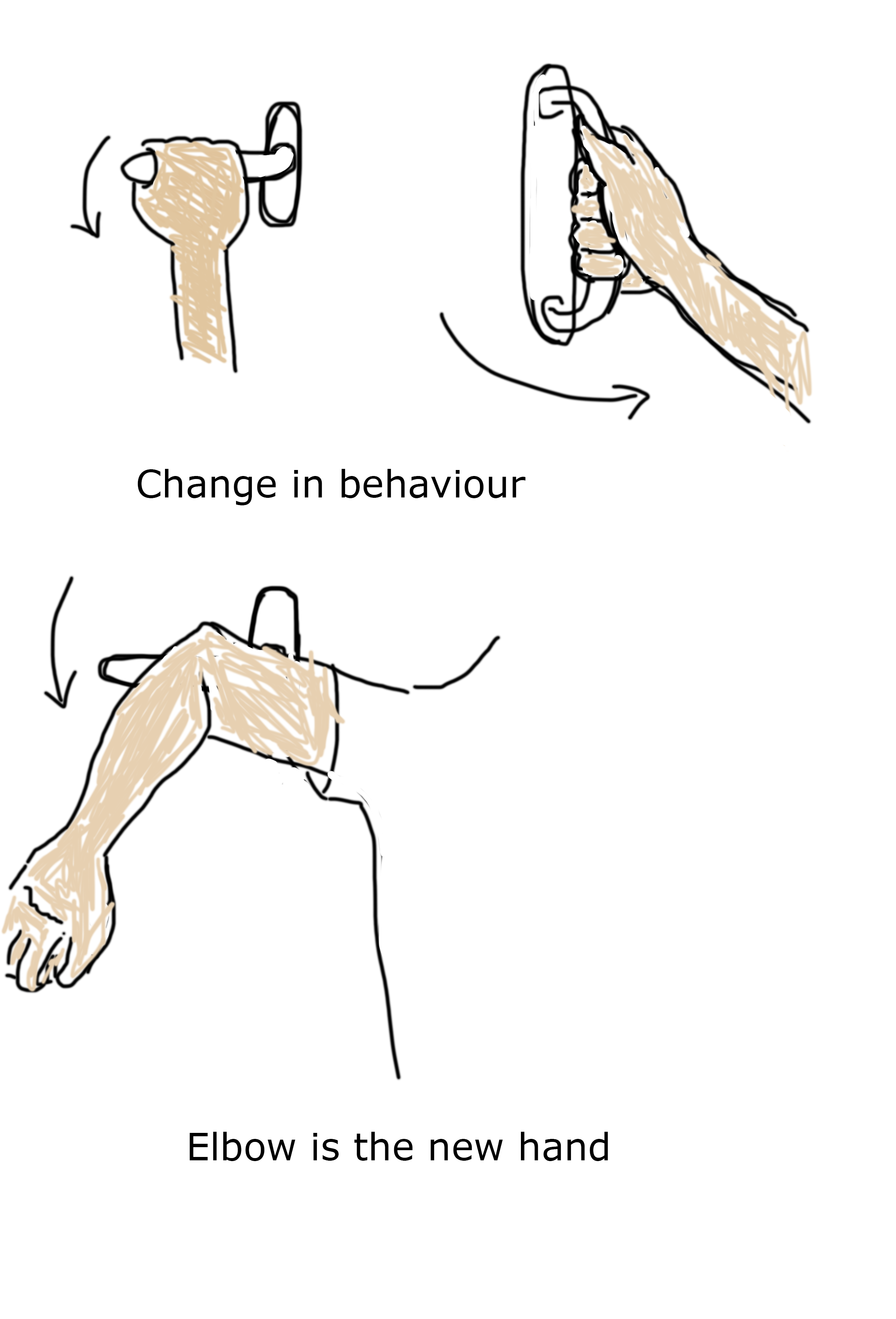
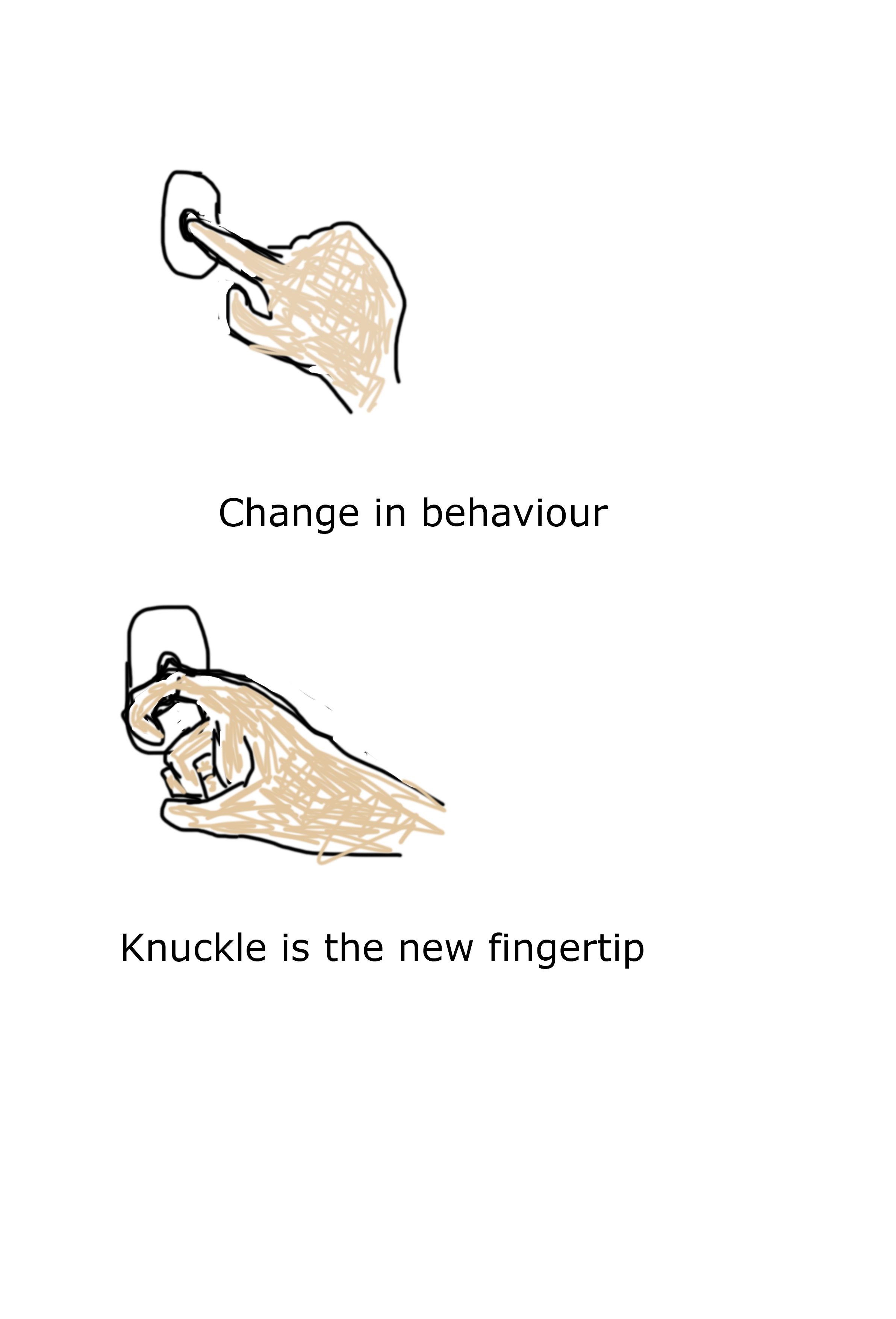
We already adjusted our behavior to the situation. We found new ways of touching public objects. For example, we started using our elbow to open doors in stead of our hand and we started to use our knuckle to push buttons in stead of using our fingertip.
Are there more ways to push buttons or open doors? Just by using what we already have. Our body.
We can think of so many ideas to change buttons with the technology we have, but replacing all the button would be a massive job. Even if we design an object you can add to the already existing buttons it would still be a lot of work and cost a lot of money, which we can better use for, for example, health care.
By thinking of ways we can change our behavior around public objects with thing we already have, we save a lot of time and money.
GAME?
Can we come up with a game, which pushes people to think of new ways of touching public objects, but which is also fun. So we can change the feeling people have around these places. Next to that it might even connect people in public spaces, which right now is not the case.
Hand sensors
By making use of sensors we could also activate stoplights. Using different methodes to active the sensors would be possible. We came up with 3 methodes to do so: clapping, showing three fingers and waving. These methodes speak for themselves. Clapping in front of the sensor will activate the stop light. Waving in front of the sensor will active the stoplight. And showing three fingers in front of the sensorwill active the stoplight
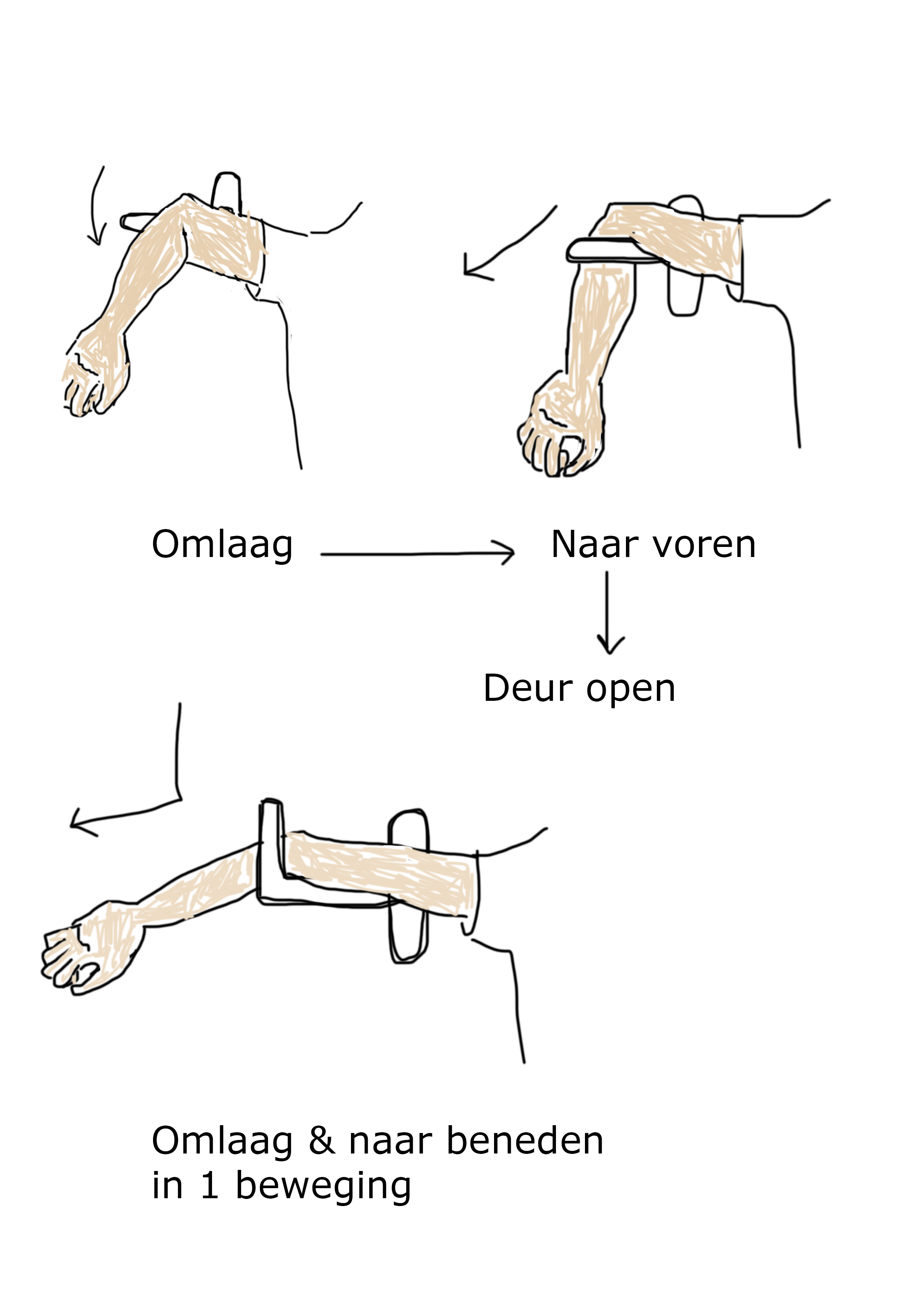
Should the current objects be adjusted?
1
2
3
4
NFC chip - Using your phone.
Every phone these days is equipped with the NFC chip. The NFC chip makes it able for you to pay with your phone, for example. We can use the exact same NFC chip to active doorbells or stoplights. By simply holding your phone near a stoplight or doorbell, the chip will activate and an "activate stoplight/doorbell" screen will appear on your phone.
5
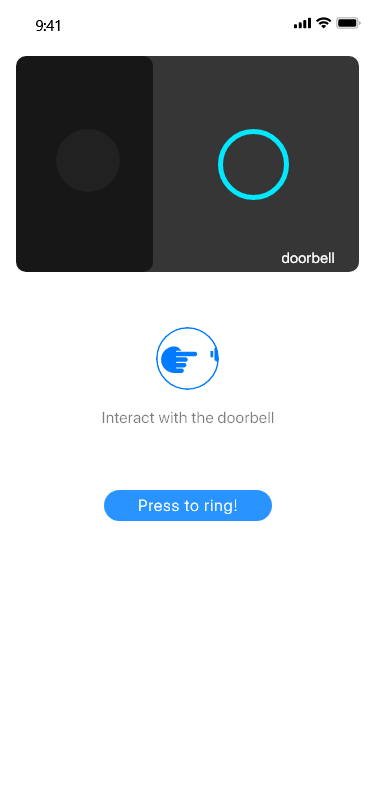
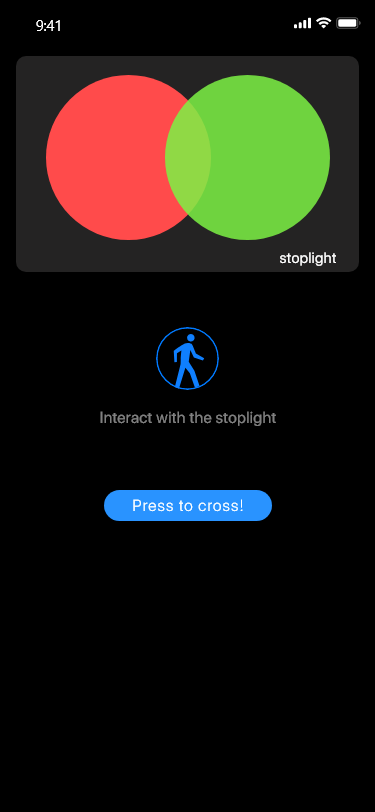
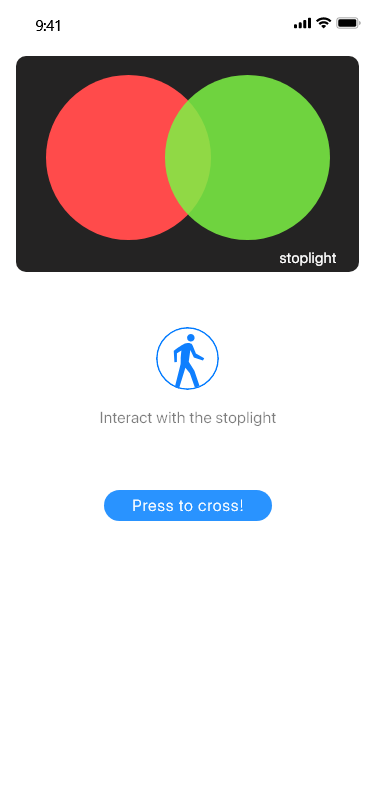
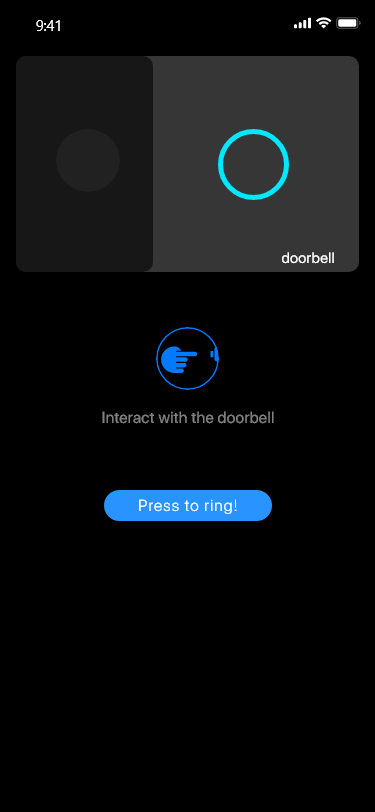
* For whom is your project?
For students/young working people. Somewhere between 20 to 40.
This group of people are the ones who go to the most places and there for come a cross these public objects the most. Also they are the ones who still meet with groups of friends, also in these times of Covid, and therefor they can spread the virus easily.
* What possible new behaviors do you expect from the target group of users?
We hope the target group will change their behavior around these public touching point. They will use "new hands" to touch these objects.
Also we hope that they are more aware of these points
* Where does it end up after your project ended?
This project is more an artproject. So it will last for a certain time and after that there could be an exposition. There could also be a website for more information about the project.
* How do you collect the experiences, feelings, comments from your end-users?
By doing interviews and making videos of the experiences.
* Whom else is affected by your project?
The bystanders. Hopefully the bystanders will also be more aware after seeing the project.
*How do you use the data collected? And whom might be interested in this?
The data can be collected through statistics. This can be shown to the City. It can show why thing should change.
*In terms of social, economical and ecological impact: What's the use of your project?
We want to raise awareness for our behavior around public touching points and how through touching these objects you can easily spread viruses, so it is a more social related project. But also it is economical, the less infected people, the better for the economy
Stakeholder map
New concept
We have changed our behavior around certain public objects. Actually we created new hands of other body parts. "More hygienic hands".
We came up with two new concepts to make people more aware of how we behave around public objects we have to touch. One concept is inspired by the new ways we use our body. How can we make this easier, and also how can we show it to others?
The other concept shows how often we touch these public objects and how intense that is.
One day we did some analysis on people using traffic light buttons. How often is it touched? How do people touch it? With their hands or with their other body parts?
This data will guide us towards the concept we will use as our final concept.
most people already use new ways of touching these objects, we will go for the first concept: Making a prosthetic to expand our body for this new behavior.
most people still use their fingertip to touch the traffic light button, we will go for the second concept: Making people aware by showing how often they touch public objects, and therefor how easily they can spread a virus.
Being guided by data
If
If
1
Inspiration: Dani Clode - The Third Thumb
How often do we actually touch public objects? This suit of gloves shows us the answer. Each glove represents one time of touching a public object, in this case a traffic light button. How does this feel on your body? Does this knowledge change your behavior?
2
Inspiration: Advertisement child abuse - Casa do Menor Italia, McCann
Statistics
Working on concepts
There is quite a large group who still touches the traffic light button with their fingertips and who are probably not aware of the fact that it can spread the virus very easily. Also there is a group who stopped using the button, this can be dangerous and annoying. We decided to use the two different concepts both as final concepts. One created for the people who still use the button in the "old-fashioned" way, a concept that will make this group aware of the fact that it is safer to use the button in new ways. And one concept created for the people who stopped using the button and the group who already uses it in a new way, a solution oriented concept which extents our body and therefor makes it easier and more appealing to use the button in new ways.